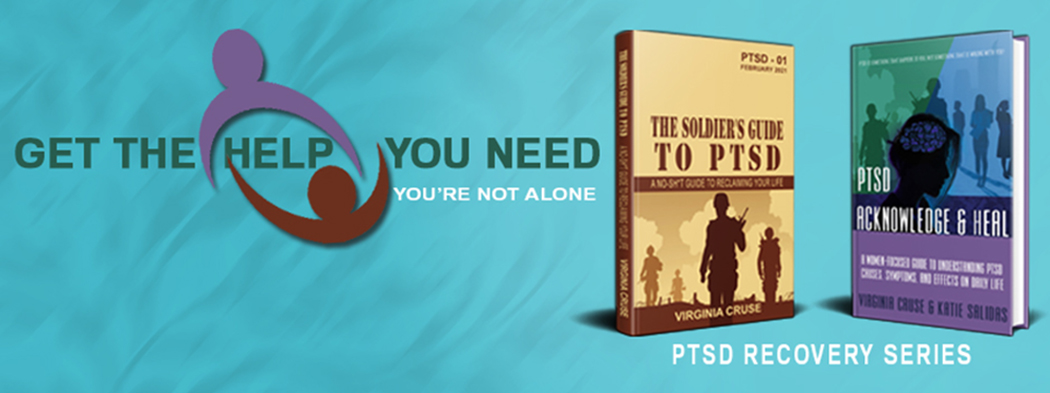Dissociation is a 50-cent word that means "disconnection," and PTSD can definitely make us feel disconnected from ourselves. Many times when we dissociate we don't realize we are doing it, and it is often brought to our attention by others who see us "in a trance" or "somewhere else."
This disconnection can look different to everyone. Here's some common examples:
- An "out of body experience" as if we are watching ourselves from the outside
- Like we are on "autopilot"
- Intense emotions that feel like they come out of "nowhere"
- Feeling sad or anxious “for no reason"
- Inability to remember what we did for a period of time
- Feeling emotionally or physically numb
- Being told by others that we look like we go into a "trance" or "somewhere else"
- Disconnection from physical surroundings
- Feeling like the world does not feel "real" (or feeling like we are in a dream or in a movie)
- Unintentional dissociation while doing another task, like driving or working
- Not recognizing ourselves in the mirror
- Confusion
Dissociation is generally linked back to trauma. It’s our brain's way of trying to cope through avoidance, and is an expected symptom of PTSD.
So let's talk about how to cope with dissociative episodes. This means that we will be working to reduce "spacing out" and help ourselves be more mindful in general. We will focus on being in the present moment.
Mindfulness Tools
Controlled Breathing. My favorite tool is called "box breathing" and here is a 2-minute video to help. For this, we will breathe in, hold the breath, breathe out, and hold the breath again. The Navy Seals reportedly do this, and you can, too - here is an article to show you how.
Mindfulness Task. Every one of us probably has one task at work or home that we do mindlessly, like washing the dishes or preparing something. For this task, be intentional and notice how your body feels and take your time to pay close attention to physical sensations throughout your body. While doing this simple task mindfully...
Use Your Five Senses. Name 5 things you see, 4 things you feel, 3 things you hear, 2 things you smell and 1 thing you taste. You can do this during your mindfulness task. This video is helpful to get started.
Journal. Try to recall your day in detail and make a point to notice any dissociations that may have occurred during the day. Then try to remember any thoughts or emotions you experienced before, during, or after the dissociative episode. Perhaps you experienced a trigger before the episode or you recognized you were dissociating while you were doing it. Learning to recognize these episodes is the first step
Remember, the goal is not to clear your mind or stop thinking, but it is to become more aware of our thoughts and feelings rather than getting lost in them. There is no such thing as a "drive through breakthrough" so be easy on yourself during this process. It's about progress, not perfection.
*****
“If you believe change is possible, you want to change, and you are willing to do the work, you absolutely CAN get your life back.”
Get your copy of The Soldier's Guide to PTSD, The Soldier's Workbook,



No comments:
Post a Comment